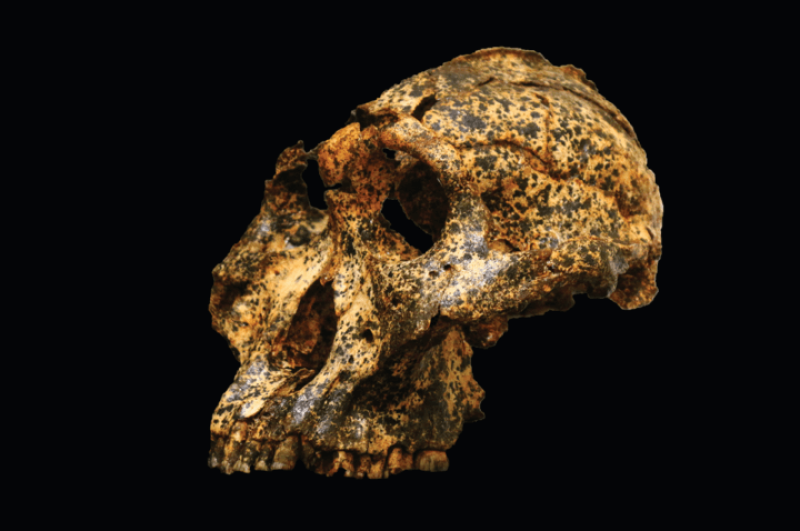Academics from La Trobe University’s Archaeology Department in Melbourne, Australia led the excavation and reconstruction of the large-toothed rare skull from the Drimolen Main Quarry north of Johannesburg, South Africa.
…
Dr Angeline Leece told the BBC: “Most of the fossil record is just a single tooth here and there so to have something like this is very rare, very lucky.”
She added that Paranthropus robustus appeared at roughly the same time as our direct ancestor Homo erectus, and the skull was found near the child fossil the team discovered at the same site in 2015.
Dr Leece said: “These two vastly different species, Homo erectus with their relatively large brains and small teeth, and Paranthropus robustus with their relatively large teeth and small brains, represent divergent evolutionary experiments,” Dr Leece said.
“Through time, Paranthropus robustus likely evolved to generate and withstand higher forces produced during biting and chewing food that was hard or mechanically challenging to process with their jaws and teeth — such as tubers.































